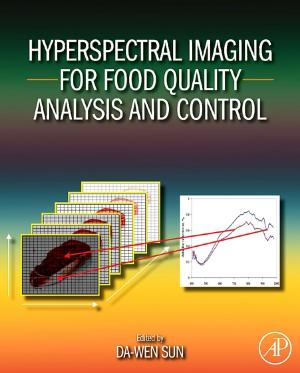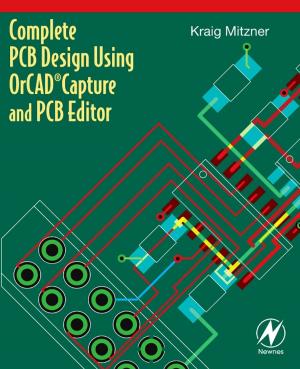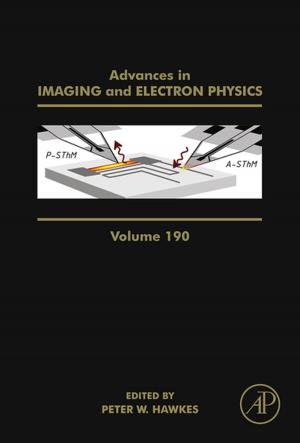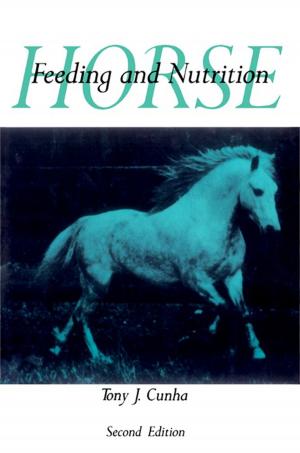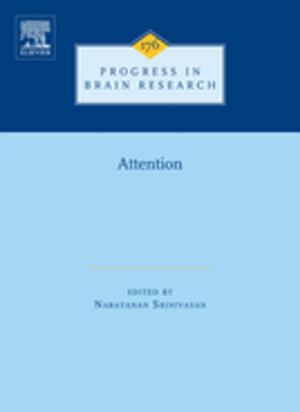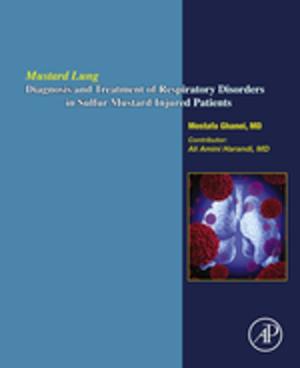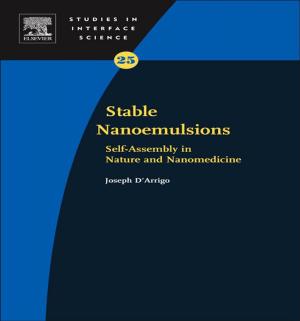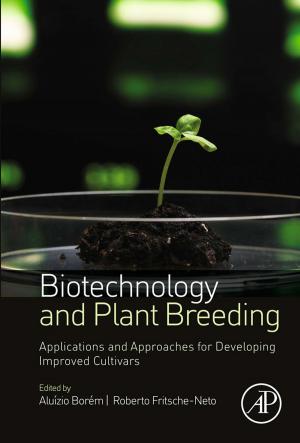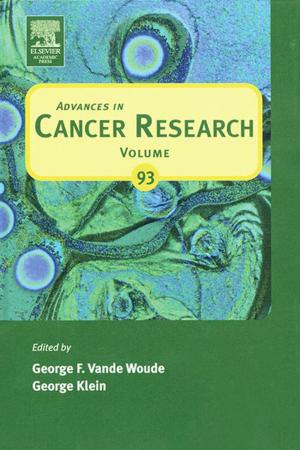Immunobiology of the Complement System
An Introduction for Research and Clinical Medicine
Nonfiction, Health & Well Being, Medical, Specialties, Clinical Medicine, Health, Ailments & Diseases| Author: | ISBN: | 9781483276397 | |
| Publisher: | Elsevier Science | Publication: | June 28, 2014 |
| Imprint: | Academic Press | Language: | English |
| Author: | |
| ISBN: | 9781483276397 |
| Publisher: | Elsevier Science |
| Publication: | June 28, 2014 |
| Imprint: | Academic Press |
| Language: | English |
Immunobiology of the Complement System: An Introduction for Research and Clinical Medicine provides an introduction to the complement system. The intention was to create a primer that would provide the basic knowledge of complement required for either research or clinical medicine in diseases involving the complement system.
The book begins with a historical background of complement research; it introduces certain key investigators from the past who have made important contributions. Separate chapters on the basic aspects of complement function are followed by chapters on the molecular genetics of complement and the role of complement in different diseases. Key topics discussed include the activation of complement via the classical pathway and the alternative pathway; complement mediators of inflammation; opsonization and membrane complement receptors; assembly and functions of the terminal components; and complement-dependent mechanisms of virus neutralization.
This book has been written primarily for students and scientists who have not been specifically trained in complement research.
Immunobiology of the Complement System: An Introduction for Research and Clinical Medicine provides an introduction to the complement system. The intention was to create a primer that would provide the basic knowledge of complement required for either research or clinical medicine in diseases involving the complement system.
The book begins with a historical background of complement research; it introduces certain key investigators from the past who have made important contributions. Separate chapters on the basic aspects of complement function are followed by chapters on the molecular genetics of complement and the role of complement in different diseases. Key topics discussed include the activation of complement via the classical pathway and the alternative pathway; complement mediators of inflammation; opsonization and membrane complement receptors; assembly and functions of the terminal components; and complement-dependent mechanisms of virus neutralization.
This book has been written primarily for students and scientists who have not been specifically trained in complement research.

